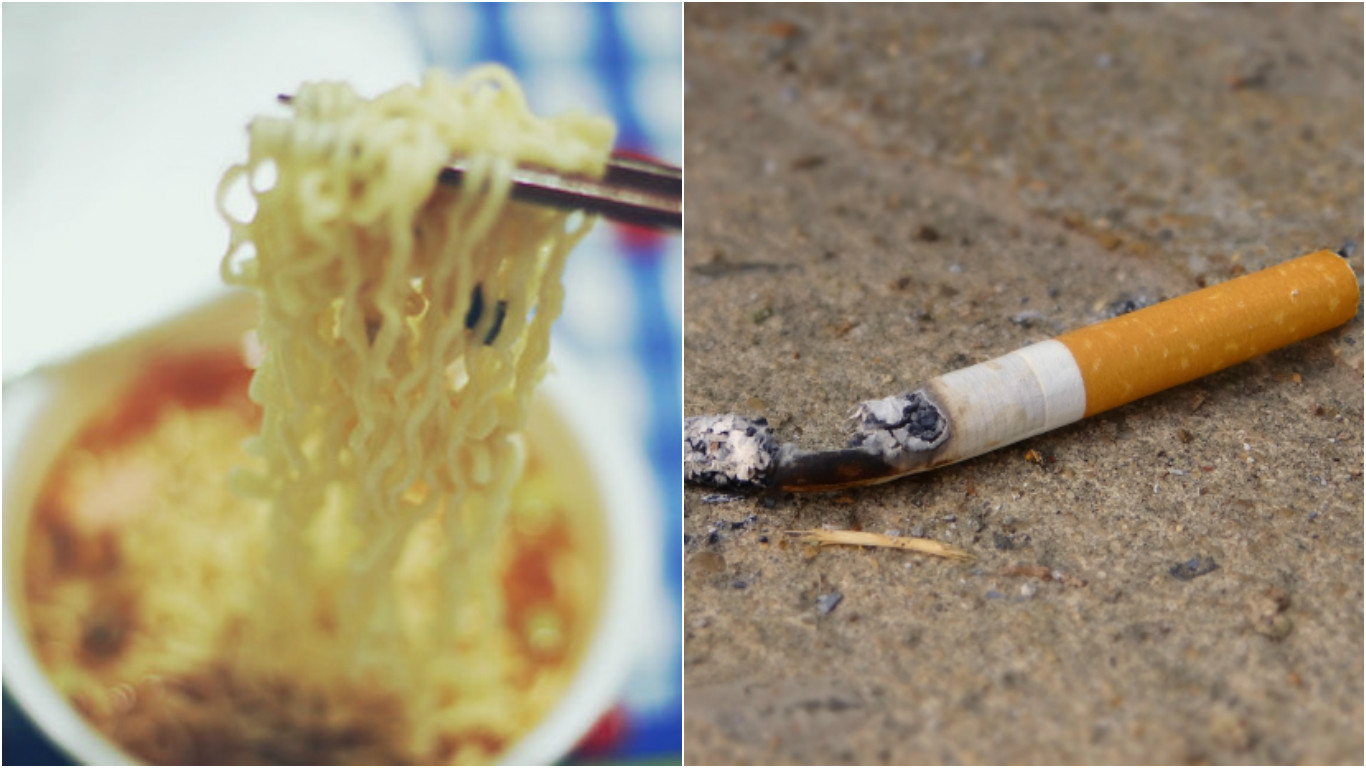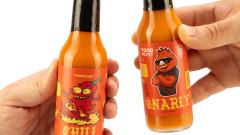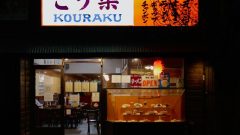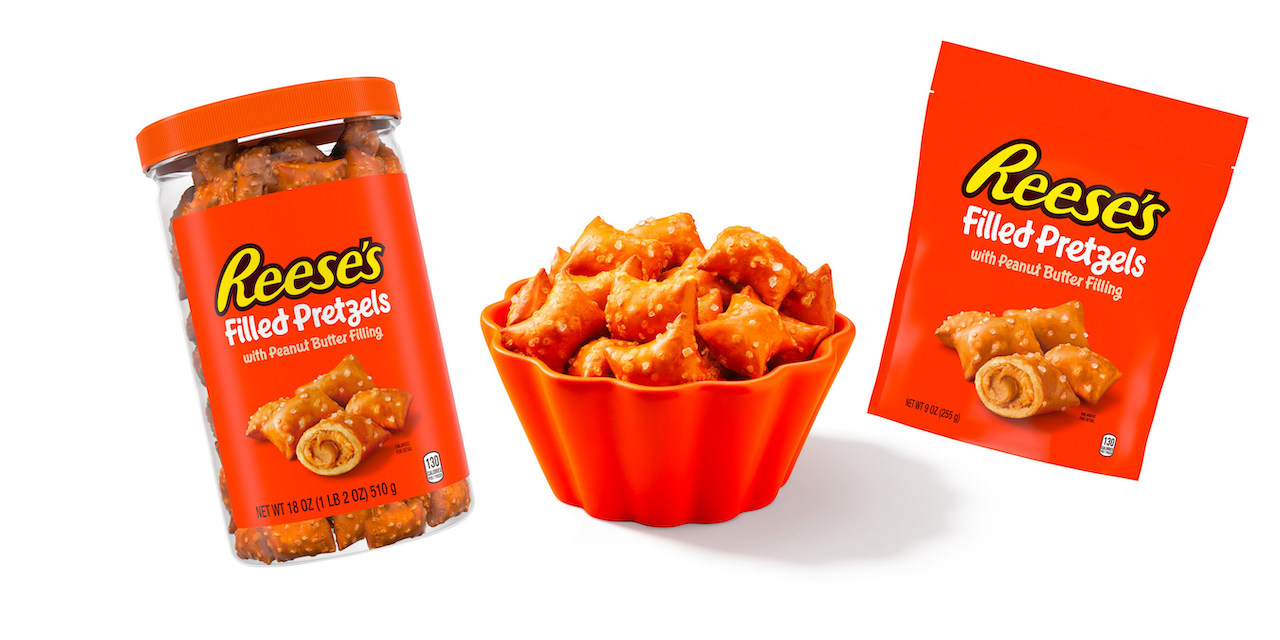Ramen Is Reportedly Becoming A More Popular Prison Currency Than Tobacco

If you’ve ever seen a prison documentary, or known someone that’s spent time in jail, it would probably be easy to discover that ramen noodles and cigarettes are two of the biggest commodities sought out by inmates.
Inmates can use these items to trade or pay for other items that they desire.
While inmates are fed three meals a day, prison commissary programs play a vital role in bringing extra food to inmates, from the outside. Each inmate has a commissary account that can have money added to it from friends, family, or private citizens. This is known as, “putting money on the books.”
However, commissary programs also open the doors to an unregulated bartering and trading system shared between inmates, that at times can cause serious rifts in the prison.
In a study published Monday, University of Arizona doctoral student, Michael Gibson-Light interviewed inmates to find out why ramen is becoming more popular than tobacco. In fact, Gibson-Light’s study revealed that packaged ramen noodles are quickly becoming more valuable than cigarettes, according to The Guardian.
The study found that a pack of noodles that costs less than $1.oo can be worth to almost $5.00 to inmates.
“A sweatshirt – worth $10.81 – can be bought for two packs of ramen,” each pack costs $0.59 in commissary, according to The Guardian.
In order to cover all bases, Gibson-Light interviewed more than 50 inmates at one facility — the inmates, nor the facility were identified, for security purposes.
The Guardian pointed out that ramen has held a solid reputation as a jail house cuisine. Specifically in the book, Prison Ramen: Recipes and Stories From Behind Bars, co-authored by former Chino prison inmate, Gustavo “Goose” Alvarez.
One inmate interviewed in Gibson-Light’s study, “I’ve seen fights over ramen. People get killed over soup.”

Gibson-Light’s study highlights the lack of regulation in prison food programs. Due to lack of funding, according to the study, correctional facilities have performed cost-cutting measures to reflect positively on budgets. However, it is the inmates who are left at the mercy of the company or firm sending the food into prisons, which is unhealthy and reduced quality.
The Guardian reported that inmates were getting less food, that was equally unhealthy and the scheduled meals, “went from receiving three hot meals a day to two hot meals and one cold lunch during the week, and only two meals for the whole day on the weekend.”
“That change was part of a cost-cutting measure,” Gibson-Light said in an interview with The Guardian.
This cost-cutting measure resulted in the malnourishment of inmates, who required more calories to get through their days. Hence, the spike in the popularity of ramen noodles between inmates.
Gibson Light also said a correctional officer at the prison he was studying told him that he [correctional officer] once examined the food in the kitchen and found a box that contained “nasty looking full chickens” that was boldly marked several times with the words “not for human consumption,” according to the Guardian.
It’s disappointing that correctional facilities feel the need to take money away from the rehabilitation of inmates, when clearly the lack of normalcy in prison diets creates a whole new problem.






















